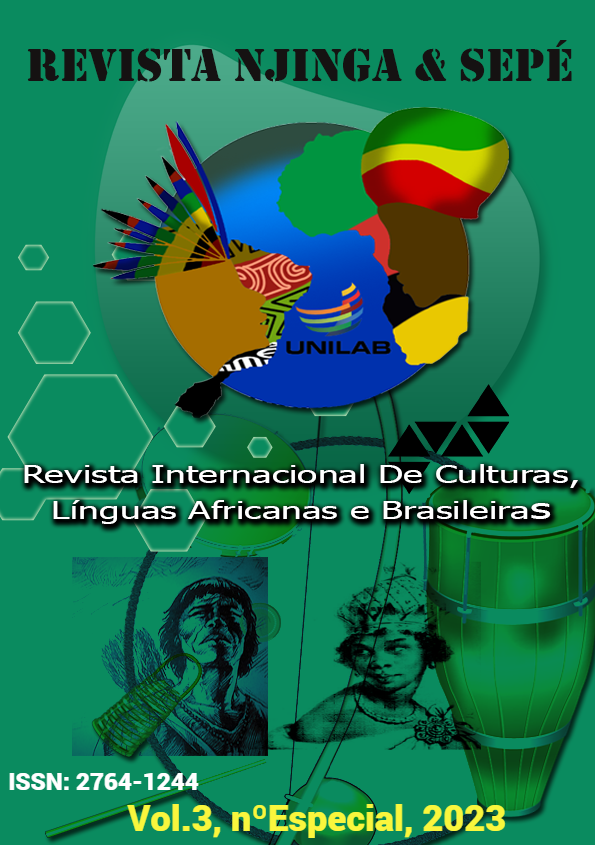Nature of disability: deaf
Resumo
Following the negativity of social ideology on deaf children or generally we can say deaf people, the deaf community is therefore affected by social stigma of discrimination. Many people fails to understand the plights and rights of persons living with disabilities. For instance, you will find that most of disabled personnel are limited to social resources such as education, economic balance, employment and among others.This stigma of inequality has somehow created a vast field for human rights abuse. In that particular poem video; I testify and advocate for deaf rights, inclusivity, their values in the society and also their plights and grievances. Such deaf athletes are our key embodiments of vitality for national and international recognitions. Before wanting to change the situation, you have to know the deaf culture and the plights of disabled people. You can't bring solutions yet you don't understand the problem. Learn their way of life, learn about the challenges they encounter. This way, you will be able to come up with solutions that specifically suit their needs. Understand that some of the members of the Deaf community are stubborn just because they hesitate to trust owing to the years of neglect and discrimination they've faced.
Downloads
Referências
ANGILA, Daniel Phillips. Nature of disability: deaf. Njinga & Sepé: Revista Internacional de Culturas, Línguas Africanas e Brasileiras. São Francisco do Conde (BA), vol.3, nº Especial I, p. 416-417, mai. 2023.
Downloads
Publicado
Como Citar
Edição
Seção
Licença
Copyright (c) 2023 NJINGA e SEPÉ: Revista Internacional de Culturas, Línguas Africanas e Brasileiras

Este trabalho está licenciado sob uma licença Creative Commons Attribution-NonCommercial-NoDerivatives 4.0 International License.
1.Autores mantêm os direitos autorais e concedem à revista o direito de primeira publicação, sendo o trabalho simultaneamente licenciado sob a Creative Commons Attribution License o que permite o compartilhamento do trabalho com reconhecimento da autoria do trabalho e publicação inicial nesta revista. A Revista usa a Licença CC BY que permite que outros distribuam, remixem, adaptem e criem a partir do seu trabalho, mesmo para fins comerciais, desde que lhe atribuam o devido crédito pela criação original. É a licença mais flexível de todas as licenças disponíveis. É recomendada para maximizar a disseminação e uso dos materiais licenciados.
2.Autores têm autorização para assumir contratos adicionais separadamente, para distribuição não exclusiva da versão do trabalho publicada nesta revista (ex.: publicar em repositório digital institucional ou como capítulo de livro), com reconhecimento de autoria e publicação inicial nesta revista.
3.Autores têm permissão e são estimulados a publicar e distribuir seu trabalho online (ex.: em repositórios institucionais ou na sua página pessoal, nas redes sociais) a qualquer ponto antes ou durante o processo editorial, já que isso pode gerar alterações produtivas, bem como aumentar o impacto e a citação do trabalho publicado (Trata-se da política de Acesso Livre).





